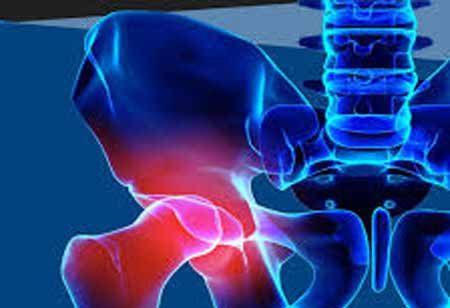The Language of Pain: Deciphering Discomfort
Pain is the body's most primal form of communication, a stark alarm that something is amiss.

By
Medical Care Review | Wednesday, June 19, 2024
Stay on top of your health and well-being with exclusive feature stories on the top medical clinics and treatment centers, expert insights and the latest news delivered straight to your inbox. Subscribe today.
Pain is deeply personal and subjective. What is intolerable to one may be a minor annoyance to another.
Fremont, CA: Pain is the body's most primal form of communication, a stark alarm that something is amiss. It can be as fleeting as a paper cut or as enduring as the ache of arthritis. Understanding pain is essential to managing it, but its subjective nature makes it complex.
Acute vs. Chronic: The Two Faces of Pain
• Acute Pain: This is the sharp, sudden discomfort from tissue damage. It's the body's immediate reaction to injury, warning to seek help or avoid further harm.
• Chronic Pain: Unlike acute pain, chronic pain lingers, often persisting beyond the expected healing period. It can stem from ongoing conditions like fibromyalgia or emerge without apparent cause, leading to long-term suffering.
Nociceptive vs. Neuropathic: Understanding the Origins
Pain is also classified by its origin:
• Nociceptive Pain: Caused by tissue damage, this pain is usually throbbing or aching and is associated with inflammation.
• Neuropathic Pain: This kind of pain results from nerve damage and is usually described as shooting, burning, or tingling.
Psychogenic Pain: The Mind-Body Connection
A third, less understood category is psychogenic pain, influenced by psychological factors. This pain is real in sensation, though its cause may be rooted in emotional or mental health issues.
The Multidimensional Impact of Pain
Pain is not just a material sensation; it has emotional and psychological dimensions. Chronic pain, in particular, can lead to mental health challenges like depression and anxiety, creating a cycle where pain and emotional distress perpetuate each other.
Managing Pain: A Holistic Approach
Effective pain management requires a holistic approach:
• Medication: From over-the-counter analgesics to prescription painkillers, medication is often the first line of defense.
• Therapy: Physical therapy, counseling, and alternative therapies like acupuncture can provide relief.
• Lifestyle Adjustments: Exercise, diet, and stress management are crucial in managing pain.
Pain is deeply personal and subjective. What is intolerable to one may be a minor annoyance to another. By understanding the types and classifications of pain, individuals can better communicate their experiences to healthcare providers, paving the way for tailored and effective treatment strategies. In the end, deciphering the language of pain is critical to finding relief and improving quality of life.







